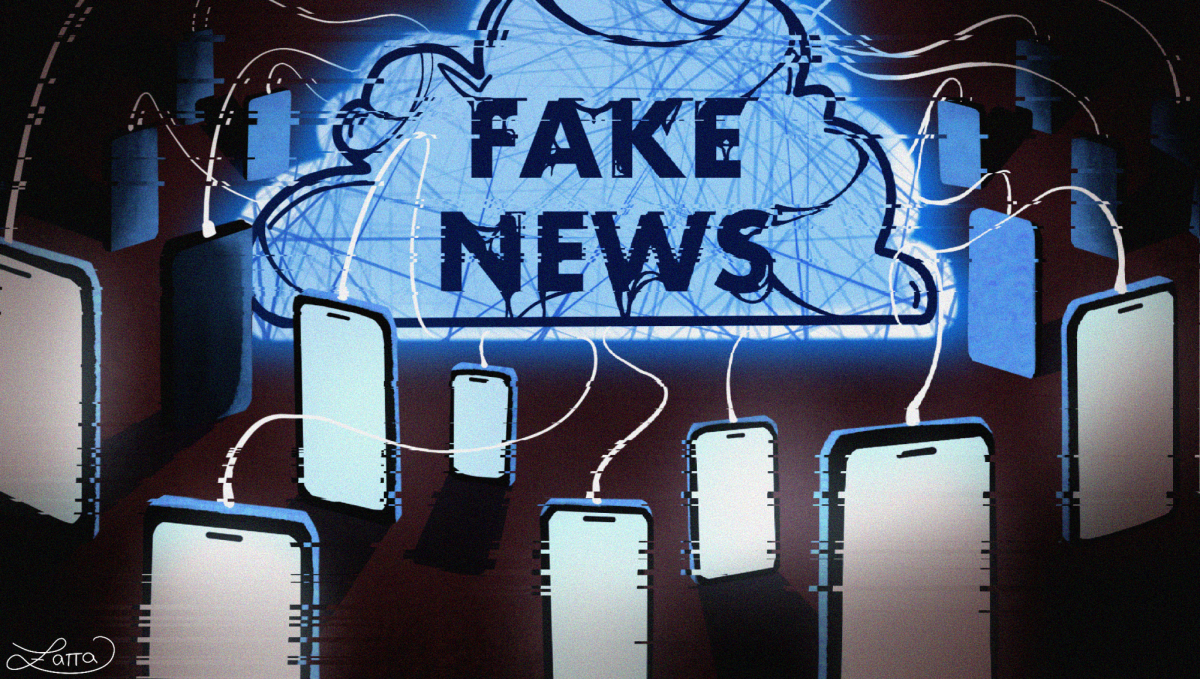Five years ago, no matter the platform, news found on social media was dismissed as unreliable. Even if it seemed accurate, one would check it against a trusted source. Now, with the rise of social media, people blindly consume information in massive amounts. For many teens, social media is their only daily news source. They accept and spread news without questioning its credibility.
Platforms like TikTok, Instagram and Facebook use algorithms that push the most popular posts, amplifying misinformation. Instead of being fact-checked, false videos and rumors accumulate millions of views, convincing more people that the misinformation is true. Facts and rumors blend, and for the average user, it becomes nearly impossible to tell the difference.
For example, take the recent rumors of a Venezuelan gang taking over an apartment complex in Aurora, Colorado. This speculation went viral after a video of armed men circulated, prompting sensational headlines. Despite no evidence, the rumor took on a life of its own.
Days later, another video showed the Hell’s Angels supposedly riding to confront the gang. However, a simple observation by the viewer would cause them to realize that the video was filmed when trees were barren, not in September, when trees are normally flushed with leaves. Yet by the time this was noticed, the damage was done—thousands of people believed it. The rumor became so widespread that local police and the Associated Press were forced to speak on the matter. Both dismissed it as unsubstantiated claims.
Misinformation on social media is especially dangerous for students, who often lack the skills to assess what they see. They accept stories from peers and spread them further, continuing the cycle. Addressing this issue requires both individual responsibility and systemic change.
On an individual level, students must be taught media literacy and critical thinking skills from a young age. Many teachers touch on analyzing sources during IBEST or HUM, but only in an academic context. Students don’t realize that this advice can be generalized to news that they encounter in everyday life, and especially social media. To anyone who is on the internet, fact-checking should become a habit, not an afterthought.
By fostering a culture of skepticism, critical thinking, and responsible content consumption, especially among young people, we can slow the wildfire of false information. Students must become aware of and scrutinize online news, being able to discern fact from fiction. Especially in a school like JeffersonTJ that encourages students to talk with each other, students can rely on each other; If you’re the only person who has heard of the news, that can be an indicator that it may be false.
The negative effects of social media disinformation become clearer and clearer, and at the end of the day, the truth should always matter more than the speed at which it’s shared.
From the October 2024 Issue of tjTODAY


